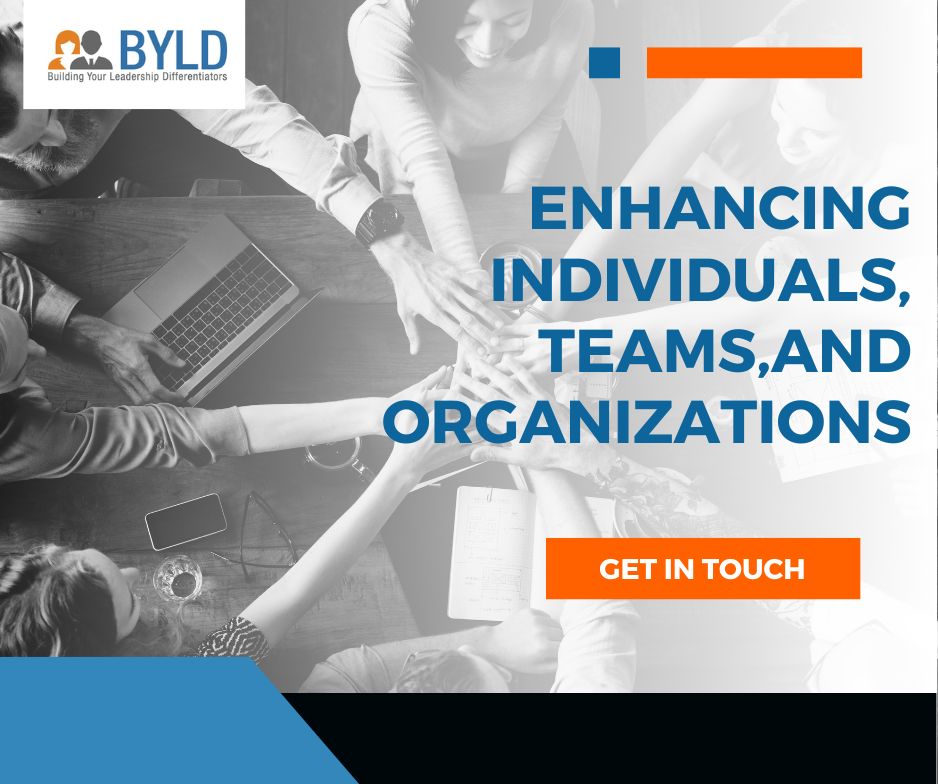
Team Building Activities and Their Impact on Effective Team Building

Article Content
Overview
In today’s dynamic and interconnected world, effective teamwork is the cornerstone of success across various domains, from business to sports and everything in between. The ability of a group of individuals to collaborate seamlessly, communicate openly, and share common goals can often make the difference between mediocrity and greatness. This is where team-building activities come into play. These activities are not just a frivolous endeavor but a strategic approach to enhancing team dynamics, improving communication, and driving overall performance.
Building Trust and Communication
Trust is the glue that holds teams together, and effective communication is the conduit through which ideas flow. Team Building Activities create an environment where trust can be nurtured and communication can be honed to perfection.
Trust naturally develops when team members engage in activities that require them to rely on each other’s strengths and expertise. Trust-building exercises challenge individuals to step out of their comfort zones, lean on their colleagues for support, and witness firsthand the power of collaboration. From blindfolded trust walks to problem-solving challenges, these activities allow team members to build connections beyond the workplace.
Improved communication is another vital outcome of well-designed team-building activities. Through role-playing, group discussions, and interactive games, individuals learn to listen actively and express themselves clearly. These skills are directly transferable to professional settings, where effective communication prevents misunderstandings, minimizes conflicts, and promotes efficient decision-making.
Encouraging Collaboration and Creativity
In a world that celebrates innovation and thrives on interdisciplinary collaboration, team-building activities are pivotal in fostering an environment conducive to both.
At its core, collaboration involves leveraging diverse perspectives to arrive at creative solutions. Team-building exercises that emphasize problem-solving as a group encourage participants to appreciate different viewpoints and harness them for the greater good. Such activities blur hierarchical lines and empower every team member to contribute, creating a level playing field where ideas are valued, irrespective of their source.
Moreover, team-building activities stimulate creativity by encouraging participants to think outside the box. The challenges presented in these activities often require unconventional approaches, pushing individuals to shed their inhibitions and explore innovative solutions. The creativity nurtured in these scenarios can be seamlessly integrated into the workplace, where novel ideas are the lifeblood of progress.
Boosting Morale and Motivation
High team morale is an intangible yet powerful force that propels teams towards success. Team-building activities inject a dose of positivity and camaraderie into the team, boosting morale and enhancing motivation.
Through shared experiences and accomplishments in team-building activities, team members form bonds that transcend the confines of the workplace. These positive connections, in turn, translate into increased job satisfaction as individuals feel a stronger sense of belonging and purpose within the team. Feeling valued and supported by peers encourages team members to give their best effort, resulting in heightened motivation and productivity.
Developing Effective Problem-Solving Skills
In a rapidly evolving world, navigating challenges and solving complex problems is paramount. Team-building activities cultivate the problem-solving skills necessary for success in any endeavor.
Adaptability and resilience are vital components of practical problem-solving, qualities that team-building activities help cultivate. By presenting teams with diverse challenges, these activities prepare individuals to face unexpected situations confidently. Tackling these challenges together strengthens their ability to adapt and overcome, further solidifying their teamwork skills.
Moreover, team-building activities provide a platform to hone problem-solving abilities in a risk-free environment. Teams can experiment with various strategies, learn from failures, and iterate solutions until they succeed. This iterative process prepares them to approach workplace challenges systematically and strategically.
Sustaining Long-Term Results
The impact of team-building activities goes beyond immediate outcomes; it lays the foundation for long-term success. Organizations must integrate team-building into their culture to ensure lasting results and measure its impact.
Regular and consistent engagement in team-building activities is essential. Organizations reinforce their commitment to fostering strong relationships and effective collaboration by making these activities routine in team interactions. Over time, team members expect and appreciate these initiatives as an integral aspect of their work environment.
Measuring the impact of team-building efforts is equally crucial. Organizations can gather feedback through surveys and assessments to gauge teamwork, communication, and job satisfaction improvements. This data-driven approach allows them to fine-tune their team-building strategies for optimal results, ensuring that their investment continues to yield dividends.
Conclusion
Team-building activities are recreational diversions and catalysts for transformational change within teams and organizations. From building trust and enhancing communication to encouraging collaboration and problem-solving, these activities equip teams with the skills and mindset necessary for success. In an era of remote work and virtual teams, their role becomes even more significant in maintaining connections across distances. By prioritizing team-building activities and integrating them into the organizational fabric, businesses can unlock the full potential of their teams and pave the way for sustained excellence.
Related Posts







